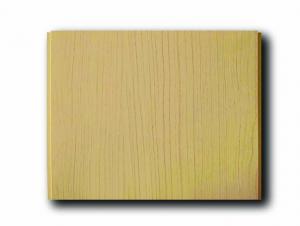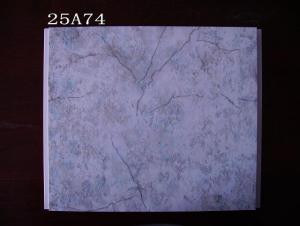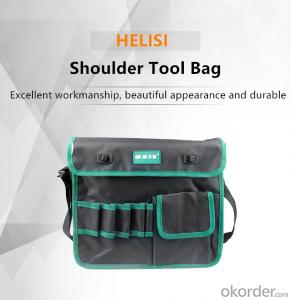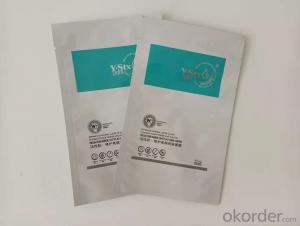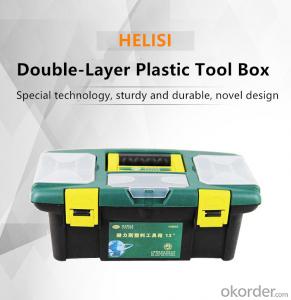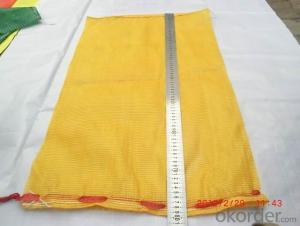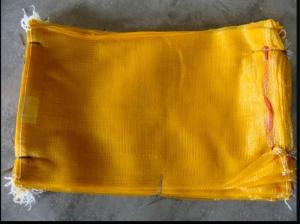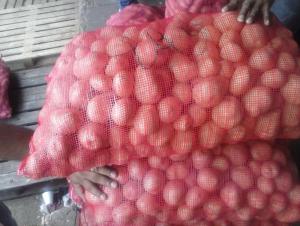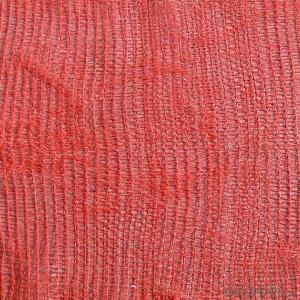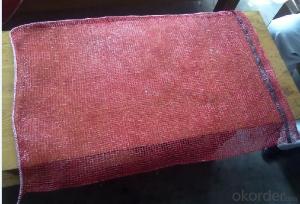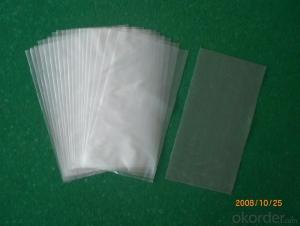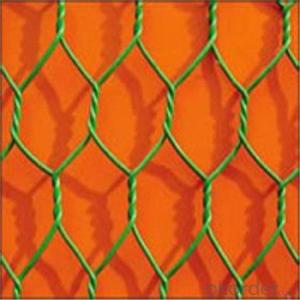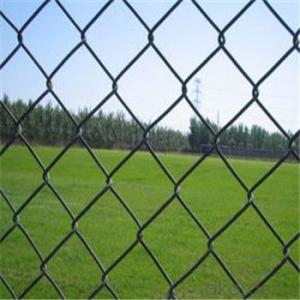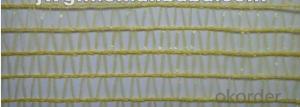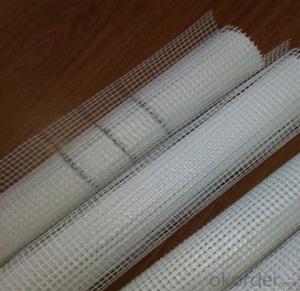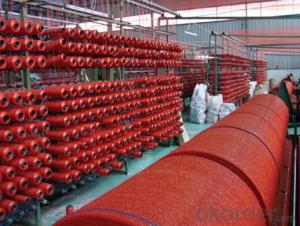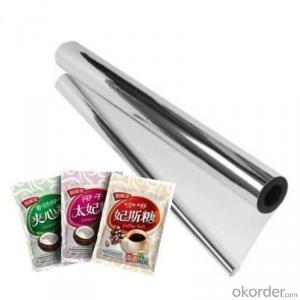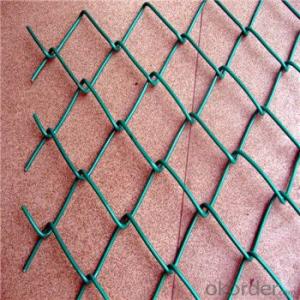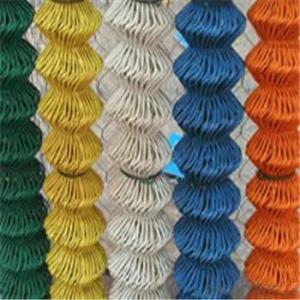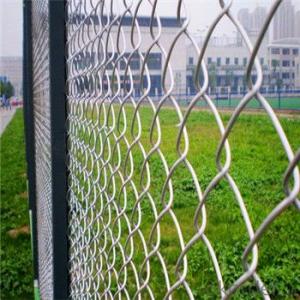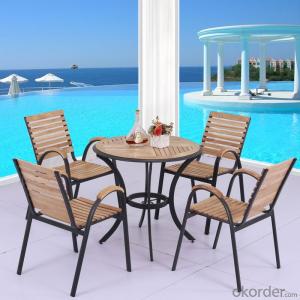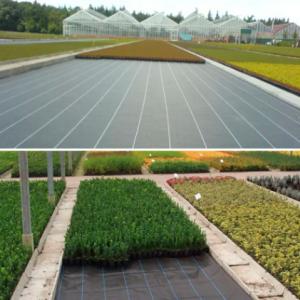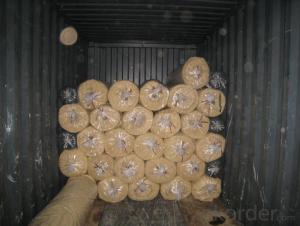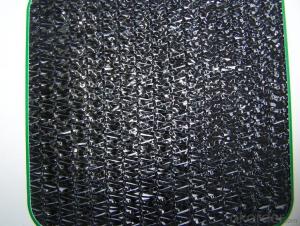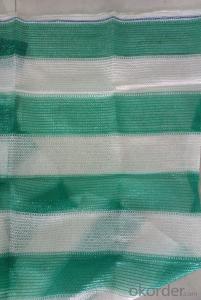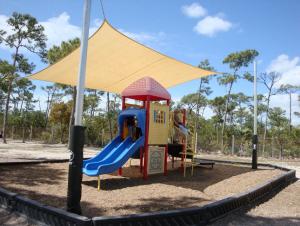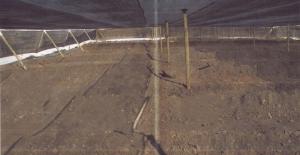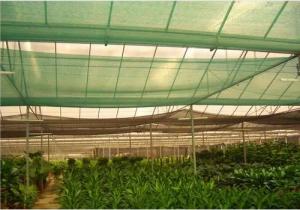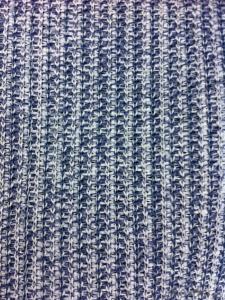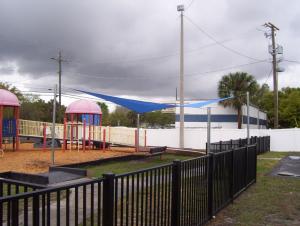Plastic Mesh Bag
Plastic Mesh Bag Related Searches
Primer For Galvanized Steel H S Code For Stainless Steel Wd 40 For Stainless Steel Spray Paint For Stainless Steel Drill Bits For Stainless Steel Sponge For Stainless Steel Caulking For Stainless Steel Steel Vessels For Kitchen Best Solar Inverter For Home Led Table Lamps For HomeHot Searches
Steel Mesh Panels For Sale Price For Stainless Steel Scrap Scrap Price For Stainless Steel Cheap High Tea Sets For Sale Stainless Steel Tanks For Sale High Density Fiberboard For Sale Solar Hot Water Collectors For Sale Scaffolding For Sale In Uae Scaffolding For Sale In Ireland Scaffolding For Sale In Houston Type Of Inverter For Solar Price Of Shipping Containers For Sale Stock Price For Aluminum Used Solar Inverter For Sale Portable Led Signs For Sale Stone Hot Water Bottles For Sale Large Led Screens For Sale Used Aluminum Scaffolding For Sale 1/4 Aluminum Plate For Sale Pvc Chairs For SalePlastic Mesh Bag Supplier & Manufacturer from China
Okorder.com is a professional Plastic Mesh Bag supplier & manufacturer, offers integrated one-stop services including real-time quoting and online cargo tracking. We are funded by CNBM Group, a Fortune 500 enterprise and the largest Plastic Mesh Bag firm in China.Hot Products
FAQ
- Yes, plastic nets can be used for packaging electronic gadgets. They provide a protective barrier that prevents damage during transportation and storage while allowing visibility and breathability.
- Plastic nets are commonly used in fishing as a tool to catch and trap fish. These nets are typically made from strong and durable plastic materials, allowing them to withstand the harsh conditions of the water. Fishermen use these nets to create traps or enclosures, strategically placing them in water bodies such as rivers, lakes, or oceans. When fish swim into the net, they become entangled, allowing fishermen to easily collect and harvest their catch. Plastic nets are an efficient and widely used method in commercial and recreational fishing due to their effectiveness in capturing fish.
- Plastic nets act as a physical barrier preventing insects from accessing and damaging crops or plants. They create a protective enclosure, reducing the chances of insect infestation and minimizing the need for chemical pesticides. Additionally, plastic nets can also help in controlling the spread of insect-borne diseases by blocking the entry of disease-carrying insects.
- Yes, plastic nets can be used for shading purposes. They are commonly used in agriculture and gardening to provide shade to plants, protect them from excessive sunlight, and reduce heat stress. Plastic nets can also be used in outdoor spaces like patios and windows to create shade and block harmful UV rays.
- Plastic nets can be safe for use in food packaging if they are made from food-grade materials and comply with safety regulations. However, it is essential to ensure that the plastic nets do not contaminate the food or leach harmful chemicals, and they should be properly tested and approved for food contact.
- No, plastic nets are not commonly used in the construction of volleyball courts. Traditional volleyball nets are typically made of nylon or polyester.
- Plastic nets provide protection against wind damage in agriculture by acting as a barrier that reduces the velocity of wind hitting the crops. This helps in preventing the physical damage caused by strong winds, such as bending, breaking, or uprooting of plants. The nets also serve as a shield against wind-borne debris, minimizing the risk of crop contamination or injury. Additionally, the nets create a microclimate around the crops, reducing evaporation and transpiration, which helps maintain optimal growing conditions.
- Plastic nets generally perform well in sandy environments as they are lightweight, flexible, and resistant to corrosion. They provide effective protection against erosion and can be easily installed to stabilize sand dunes or prevent sand movement. Their mesh design allows for sand infiltration while still minimizing erosion, making them suitable for various applications such as beach erosion control, sand dune stabilization, and sand fencing.





